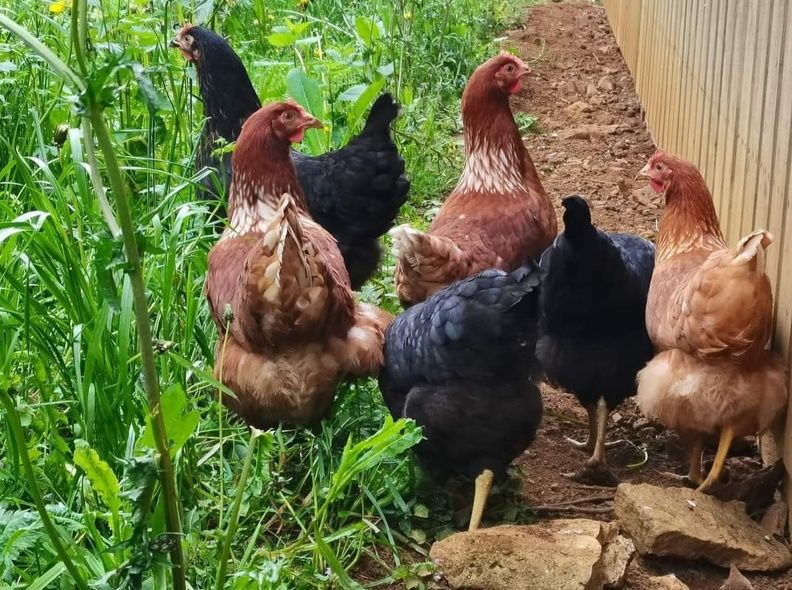Avian influenza: rising outbreaks in Europe threat to poultry farmers

EFSA (the European Food Safety Authority) has recently released its latest report on the Avian influenza situation in Europe from December 2022 to March 2023. According to the report, the number of bird flu outbreaks in Europe is on the rise, with over 2,400 outbreaks reported in poultry in 2021-2022 across 37 countries. This is a significant increase from previous years and the largest bird flu epidemic observed on the continent so far.
The report highlights the need for improved surveillance of both wild and farmed mammals, particularly those in risk areas where HPAI (highly pathogenic avian influenza) is present in wild birds and poultry. Increased biosecurity measures are also recommended to prevent exposure to possible infected wild birds by increasing biosecurity at farms. It's essential to timely report virus detections, and a thorough investigation of the infection in case of mass mortality events associated with HPAI virus detected in mammalian species is critical to shed light on the virus's origin, evolution, and possible transmission between individuals.
The risk of human infection in Europe is low to moderate, particularly for those who live or work around bird populations. However, farmers face the constant threat of business disruption due to the culling of birds, which can be devastating both emotionally and financially. When bird flu is detected in an area, either in wild birds or on commercial premises, birds that would otherwise roam free are routinely ordered to quarantine in barns. This can lead to the high costs of cleaning and disinfecting barns after an outbreak, which must be borne primarily by the farmer. After a cull, farms are prohibited from keeping animals for about 30 days, pushing the operation to its limits.
Consumers may also experience price increases and shortages of chicken meat and eggs due to the outbreaks. It's worth noting that a bird flu pandemic is unlikely to arise unless the virus first becomes established in an intermediary mammal, most likely a pig. Pig cells have qualities that make it possible for viruses from both birds and humans to take hold and replicate. Researchers have discovered that human activity and contaminated material are responsible for new incursions of the virus into poultry farms. This emphasizes the need for improved hygiene standards for personnel working with flocks in lockdown. Researchers hope that guidelines for higher hygiene standards will be adopted Europe-wide.
Given the seriousness of the situation in Europe, there is a growing emphasis on vaccination efforts. Currently, there is only one vaccine authorized in the EU against bird flu, but the new EU rules on vaccination of animals that will enter into force on 12 March will allow the movement of animals and goods from businesses and zones where vaccination has taken place. Scientists are working on developing more bird flu vaccines for poultry in parallel with persistent deliberations by governments in Europe about the merits of vaccination to counter the disease. However, vaccinating animals against disease can lead to trade barriers in export markets, as some importing countries are concerned that vaccinated animals can still contract and spread the disease.
As the number of outbreaks continues to rise, it is clear that there is a need for increased vigilance and action to protect the poultry industry and prevent the spread of avian influenza. Moving forward, we can expect to see increased emphasis on biosecurity measures, such as improved hygiene standards for personnel working with flocks in lockdown, increased surveillance of wild and farmed mammals, and timely reporting of virus detections. Additionally, the new EU rules on the vaccination of animals may play an important role in curbing the spread of the disease, so we may see an increased emphasis on vaccination efforts to combat avian influenza in the coming months.

